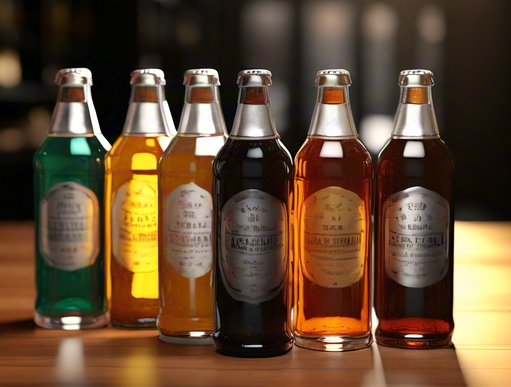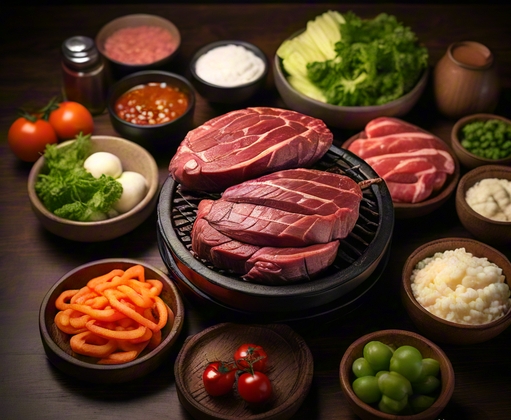1. Smoking and Drinking: Compounding the Risk
Both smoking and alcohol consumption are classified as Group 1 carcinogens. Tobacco includes smoking, secondhand smoke, smokeless tobacco, and various tobacco products. Alcohol encompasses all alcoholic beverages, including the ethanol and acetaldehyde associated with alcohol consumption. Tobacco contains thousands of harmful chemicals, dozens of which can directly cause cancer.
Similarly, alcohol consumption also increases the risk of cancer. Studies show that long-term alcohol abuse is significantly associated with liver, esophageal, gastric, oral, and pharyngeal cancers. There is a synergistic carcinogenic effect between alcohol and smoking. The smoke and alcohol damage the epithelial tissues of the mouth, throat, esophagus, and stomach, while alcohol, as an organic solvent, facilitates the entry of certain chemical carcinogens from smoke into the body tissues, enhancing their carcinogenic effects. Smoking and heavy drinking compound the risks, where the combined effect is greater than the sum of individual risks.


2. Meat Consumption:
Red meat is classified as a Group 2A carcinogen, while processed meat (consumption) is classified as Group 1 carcinogen. Red meat is a nutritional term referring to meat that appears red before cooking, including pork, beef, lamb, venison, rabbit, etc. Most mammalian meats are considered red meat and contain high levels of saturated fats. The cancer research agency under the World Health Organization classifies red meat as a Group 2A carcinogen, with excessive consumption increasing the risk of colorectal cancer. However, this does not mean avoiding red meat altogether, as it is rich in minerals, especially iron, as well as proteins, vitamin B12, thiamine, riboflavin, and phosphorus. Red and white meats have different nutritional compositions and values, so white meat cannot simply replace red meat, as red meat also has irreplaceable value. Red meat can be consumed, but its intake should be moderated to avoid excessive consumption.
3. Grilling, Roasting, Pickling, Salting:
Chemicals produced by incomplete combustion of grilled and smoked foods, such as benzopyrene, are classified as Group 1 carcinogens. Deep-frying releases Group 2A carcinogens due to high temperatures. Traditional pickled vegetables are classified as Group 2B carcinogens.


4. Spoiled and Moldy:
Aflatoxins are classified as Group 1 carcinogens. Improper storage or expiration can lead to food spoilage, which can contain certain fungi and their metabolites, such as aflatoxins. Aflatoxins can reduce nitrates to nitrites and promote the synthesis of nitrosamines, increasing the risk of cancer, such as liver cancer.
5. Poor Dietary Habits:
Poor dietary habits are also significant cancer risk factors. Some people eat hastily, overindulge, and do not chew their food properly, potentially damaging the gastrointestinal mucosa and causing chronic inflammatory proliferative lesions. Moreover, poor digestion and absorption, coupled with overeating over a long period, can burden the gastrointestinal tract and lead to dysfunction. Irregular eating patterns, skipping meals, and overeating can similarly increase the probability of cancer. Some people have selective eating habits, resulting in imbalanced nutrition, deficiencies, or excesses, and improper combinations, which may increase the risk of cancer. Additionally, high-sugar and high-calorie diets, leading to overweight or obesity, also increase the risk of cancer. Food is the staff of life.
Eating correctly may prevent cancer, while eating improperly may cause it. Starting today, let's all pay attention to our dietary habits. Cancer prevention starts with details. Although a scientific diet cannot guarantee absolute cancer prevention, it can help reduce the risk of cancer.
